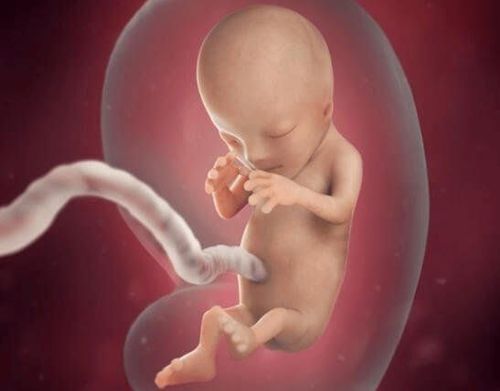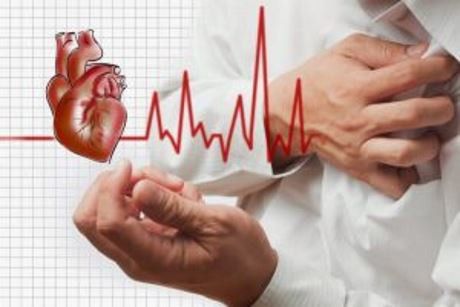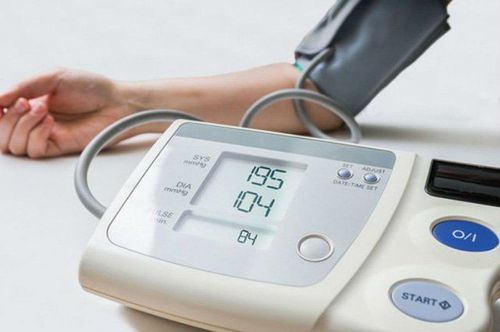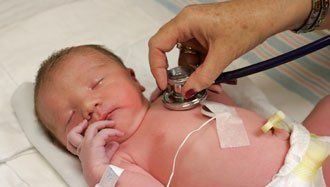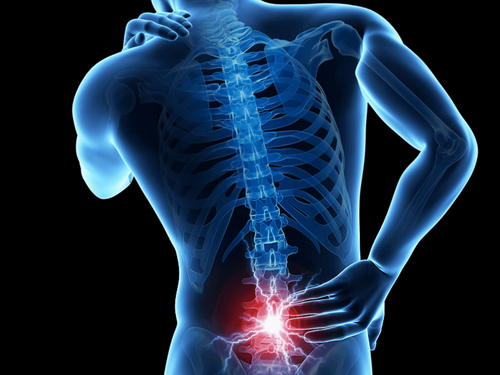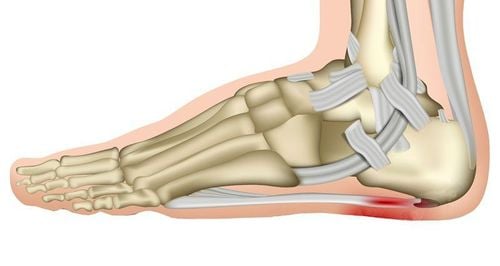Nội dung bạn đang tìm kiếm không có phiên bản tiếng Việt.
Vui lòng chọn tiếp tục để xem nội dung tiếng Anh hoặc đi đến trang chủ Tiếng Việt.
Rất xin lỗi về sự bất tiện này.

Home
Tag Congenital esophageal atresia
Articles in Congenital esophageal atresia

Signs of congenital esophageal atresia in children
Esophageal atresia is a rare congenital malformation, occurring in 1/5000 newborns, caused by a disorder in the embryonic development process, often accompanied by other malformations. The disease needs to be detected and treated early, because if left untreated for a long time, it will cause dangerous complications in children, even death.
Xem thêm
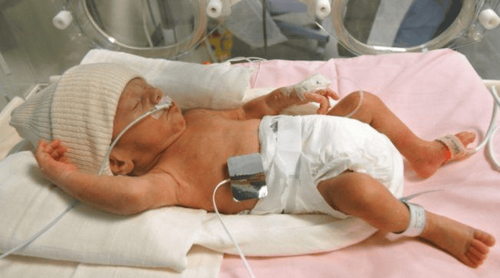
Respiratory failure in infants
Respiratory distress is a very common syndrome in the neonatal period, especially in the first days after birth, during the time the baby adapts to the outside environment. Premature babies are more susceptible to respiratory distress than full-term babies.
Xem thêm
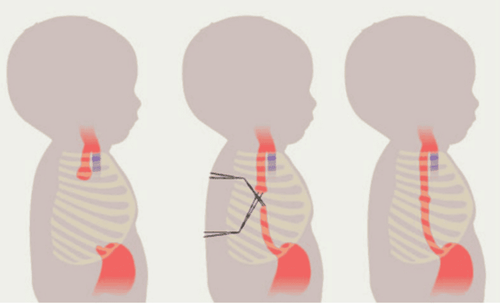
Diagnostic protocol for esophageal atrophy in neonates
Congenital esophageal atresia is when a part of the esophagus in a child is separated into two separate parts, not connected to each other. Therefore, children with this congenital defect cannot transmit food from the mouth to the stomach, affecting the ability to breathe, surgical intervention should be carried out as soon as possible.
Xem thêm
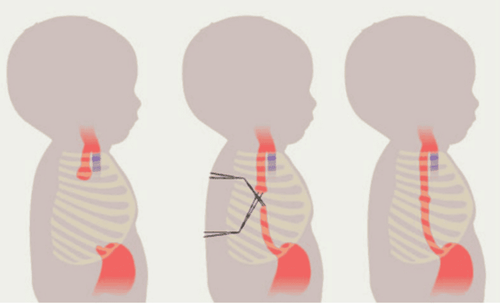
Surgery to treat atrophy of the esophagus
Esophageal atresia is a congenital malformation that occurs in children at birth. Esophageal atresia in infants can be treated by opening the chest through the pleura, peritoneum or by thoracoscopic surgery to minimize complications that may occur during surgery.
Xem thêm




